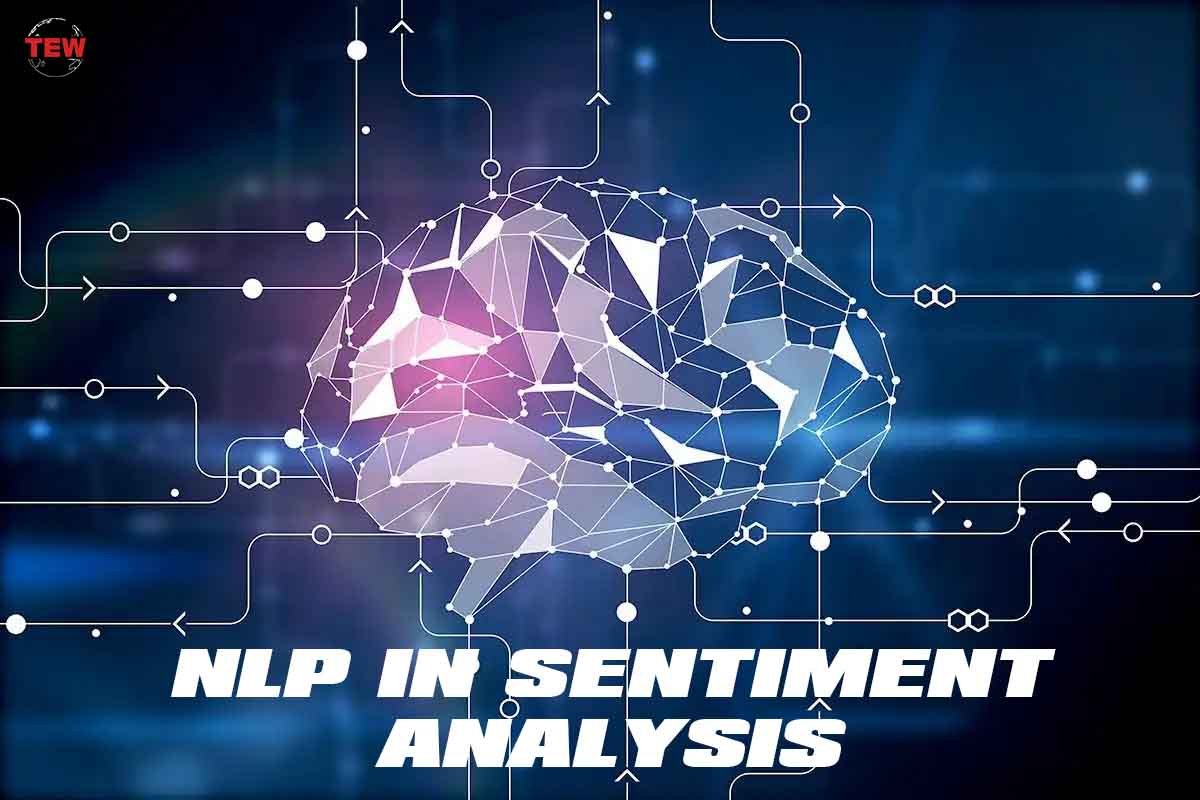Sentiment analysis is the analysis of sentiment, or emotional attitudes and reactions toward people, objects, or ideas. An entity can have a positive or negative sentiments toward other entities. Sentiment analysis tries to understand what emotions a text conveys and whether it’s positive, negative, or neutral. Search engines, it is often used to determine if a piece of text is likely to be useful or not. This article will focus on NLP sentiment analysis which is text data.
A search engine might crawl a website and extract the text that appears on that page in order to determine if its contents are relevant for the user who is typing a query into the search box. If an article appears high up in search results, this means that it has good relevance with respect to what users are looking for and it is probably trustworthy as well.
On the other hand, if an article does not appear in search results at all, then this means that there is no relevant content on that particular website with respect to what users are searching for. Therefore, it cannot be trusted either and should therefore be avoided by users when making decisions about which websites they should visit.
How does sentiment analysis work?
Sentiment analysis is done by analyzing the sentiment of text. One study in which this was done involved analyzing the tone and pattern of political text in order to determine how much the tone and pattern matched with that of a state’s population. This study found that politicians were more likely to use negative language when talking about their opponents. Sentiment analysis can also be done by looking at words that appear frequently in a body of text, or by looking at word frequencies. The number of occurrences for a word before and after a change of sentiment can also be analyzed to determine how much sentiment has changed over time.

Different types of sentiment analysis
There are different types of sentiment analysis. One type is word-based sentiment analysis, which analyzes words to determine their emotional connotations. Another type is syntactic sentiment analysis, which detects the emotional tone of a text by examining the syntactic features of an utterance. NLP Sentiment analysis is also an option, with the acronym standing for natural language processing.
This approach uses computer programs that have been trained to detect words or phrases that carry any emotion from positive to negative. The NLP Sentiment analysis program would then find all other occurrences in the text and calculate its emotions for it. As underlined by eCommerce experts at Linkdelta, ESG sentiment analysis can benefit of NLP when it comes to companies needing to align their values or to evaluate how major environmental risks connected to Environment, Social and Governance themes can affect their futures, and thus their investments.
1. Limitations of sentiment analysis
Sentiment analysis is not a precise science, and there are many limitations to the algorithms that it uses. The sentiment of the text may change depending on what words are used, how they are arranged in sentences, and the length of the text. Additionally, sentiment analysis has difficulty understanding sarcasm or irony. Sentiment analysis can be used in many different ways on social media platforms.
It can be used to analyze posts from people’s profile pages or when someone comments on someone else’s post. Social media platforms like Facebook also use sentiment analysis to determine if a status update is positive or negative so that it will show up in search results more prominently based on its content. Sentiment analysis is also used by companies to monitor customer feedback and measure customer satisfaction with their products or services.
2. Sentiment analysis in automatic speech recognition (ASR)
Sentiment analysis in automatic speech recognition (ASR) is the process of determining the sentiments expressed in a text. It can be used to determine if a text is positive, negative or neutral. The effectiveness of sentiment analysis is dependent on how well and precisely it can distinguish between these three sentiments, so there are several factors involved in its success.
First, the text must be broken down into individual words. Then, each word will be compared with a list of sentiment-specific words or phrases. For example, words like “happy” and “sad” will appear more frequently than other words in texts that are deemed to have a positive sentiments.
This information is then aggregated and analyzed to determine whether there is a significant correlation between the presence of certain words and the sentiment conveyed by the text overall. Finally, this data is used to create an algorithm that determines whether the text has positive, negative or neutral sentiment overall.

Conclusion
Sentiment analysis is a useful tool for businesses, allowing them to see how people feel about their brand. Sentiment analysis works by analyzing a text, such as a blog post or tweet, and providing information about the sentiment of the words in it.
This can be challenging because sentiment analysis is a subjective process and it relies on a machine learning algorithm to determine these feelings. Sentiment analysis in ASR can provide insights into how people feel about the brand, but there are still limitations to how much information can be obtained from this process.





